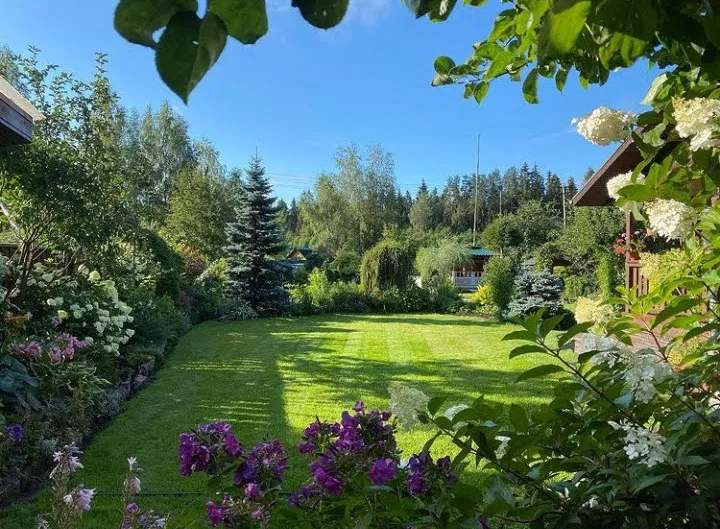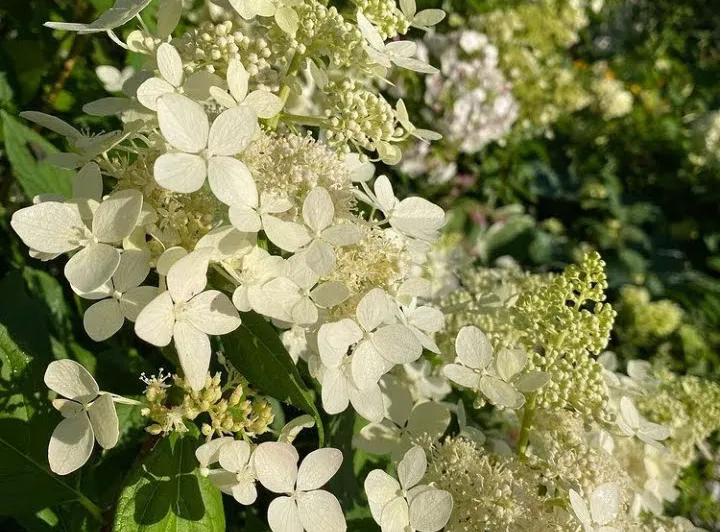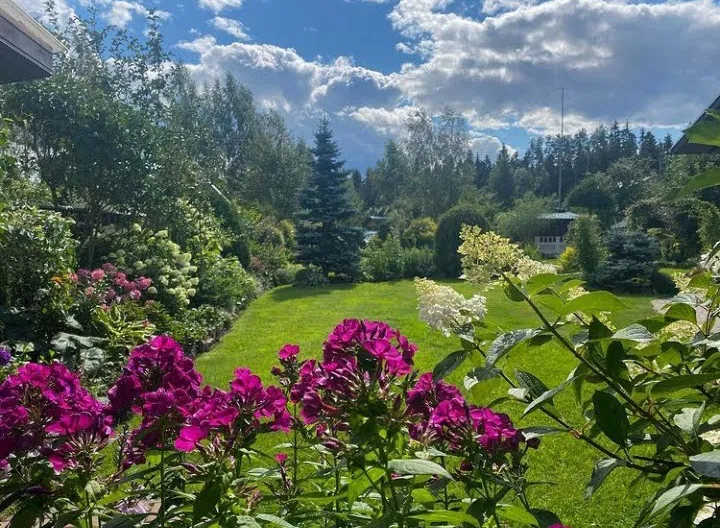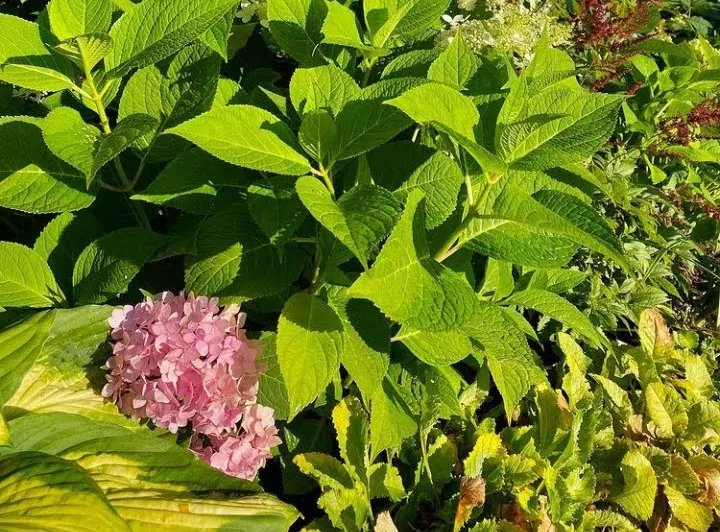
Many people dream of a home adorned with seasonal flowering plants, and fortunately, during several months of the year, nature allows them to bloom slowly depending on the type of plant. In fact, as inexperienced people believe, flowering plants bloom not only in the spring, but also during the four seasons.
Molte persone sognano una casa adornata con piante a fioritura stagionale e, fortunatamente, durante diversi mesi dell'anno, la natura permette loro di fiorire lentamente a seconda del tipo di pianta. Infatti, come credono le persone inesperte, le piante da fiore fioriscono non solo in primavera, ma anche durante le quattro stagioni.

Below is a cyclamen that blooms right from winter through spring. Ideally, it is a winter flower that blooms a lot during the day without being exposed to cold or sun, although ideally it is picked at night or protected by a special cover to protect it from the cold. Get in the habit of fertilizing once a month for good visibility.
Di seguito è riportato un ciclamino che fiorisce proprio dall'inverno alla primavera. Idealmente, è un fiore invernale che fiorisce molto durante il giorno senza essere esposto al freddo o al sole, anche se idealmente viene raccolto di notte o protetto da una copertura speciale per proteggerlo dal freddo. Abituati a concimare una volta al mese per una buona visibilità.

Another plant that immediately reminds me of winter is summer. It is called a perennial plant because it can bloom for a long time even in the coldest months. Corolla also looks great on balconies and gardens.
Un'altra pianta che mi ricorda subito l'inverno è l'estate. Viene definita pianta perenne perché può fiorire a lungo anche nei mesi più freddi. Corolla sta benissimo anche su balconi e giardini.

The violet, one of the first wildflowers to bloom in early spring, blooms in winter, but you can choose a suitable quality that is not afraid of low temperatures, such as violets, pansies and seeds. It doesn't matter if it snows or if the snow melts again, and it's extremely cold, leading to regeneration. And since it likes to grow in moist soil, the only precaution to remember is to water it regularly.
La viola, uno dei primi fiori di campo a fiorire all'inizio della primavera, fiorisce in inverno, ma puoi scegliere una qualità adatta che non teme le basse temperature, come viole, viole e semi. Non importa se nevica o se la neve si scioglie di nuovo, ed è estremamente freddo, portando alla rigenerazione. E poiché le piace crescere in un terreno umido, l'unica precauzione da ricordare è di annaffiarlo regolarmente.

Spring is the season of rebirth when nature is at its best with a dazzling explosion of greenery and fresh flowers. There are plants that can indicate that summer is coming and are ready to undo the previous winter. This plant is known for its beauty and floral fragrance because it gives off an alluring scent! The first plants to paint the landscape were magnolia, cherry, forsythia, mallow and violet. A large forsythia shrub frequently blooms on its branches. The advice is to focus on cutting the branches to ensure maximum visibility after flowering so as not to damage the plant. The magnolia is one of the undisputed queens of early spring, capable of producing large, fragrant flowers. It also has large, glossy, very green leaves, and the various features of this plant are distinguished by the color of its red foliage, which varies greatly from white. The most common are asters, pink stars and magnolia relief rolls.
La primavera è la stagione della rinascita quando la natura dà il meglio di sé con un'esplosione abbagliante di verde e fiori freschi. Ci sono piante che possono indicare che l'estate sta arrivando e sono pronte a disfare l'inverno precedente. Questa pianta è nota per la sua bellezza e fragranza floreale perché sprigiona un profumo seducente! Le prime piante a dipingere il paesaggio furono la magnolia, il ciliegio, la forsizia, la malva e la viola. Un grande arbusto di forsizia che fiorisce frequentemente sui suoi rami. Il consiglio è di puntare sul taglio dei rami per garantire la massima visibilità dopo la fioritura in modo da non danneggiare la pianta. La magnolia è una delle regine indiscusse dell'inizio della primavera, capace di produrre fiori grandi e profumati. Ha anche foglie grandi, lucide, molto verdi, e le varie caratteristiche di questa pianta si distinguono per il colore della sua chioma rossa, che varia molto dal bianco. I più comuni sono gli astri, le stelle rosa e i rulli in rilievo di magnolia.
Photos of my authorship.
